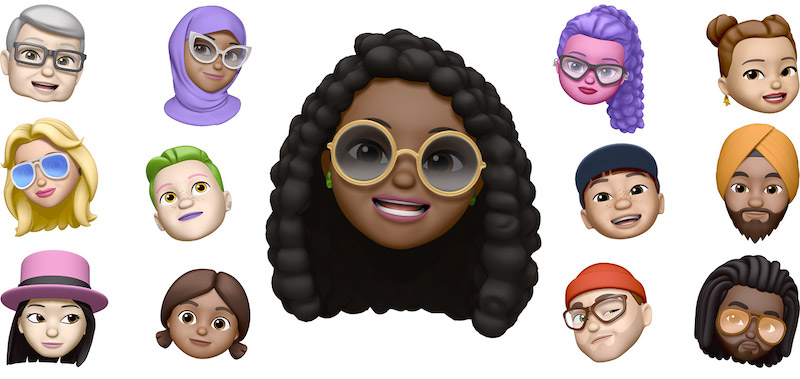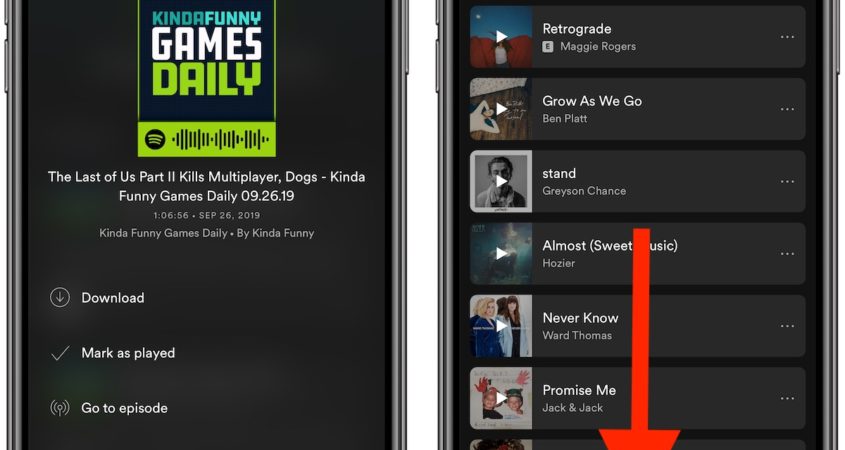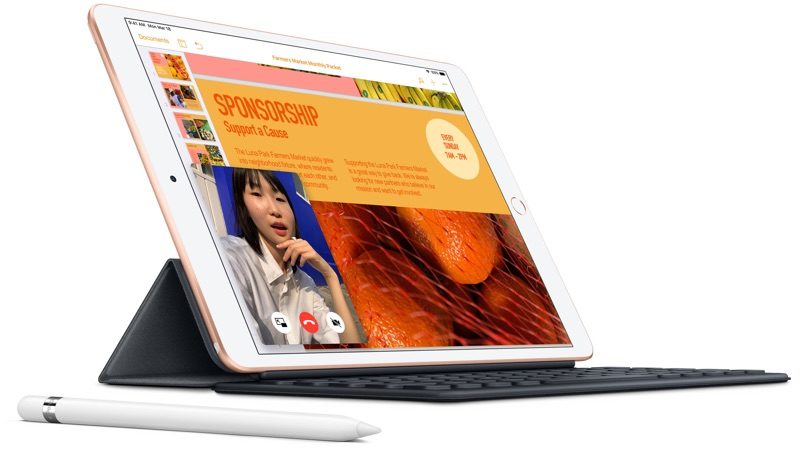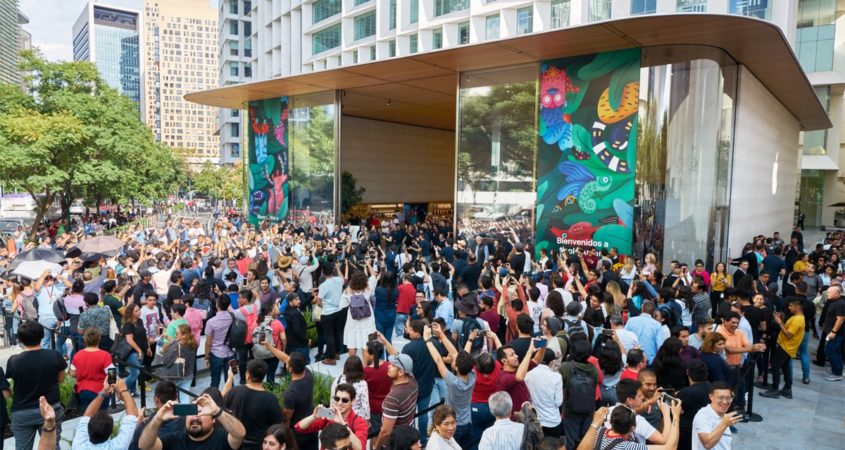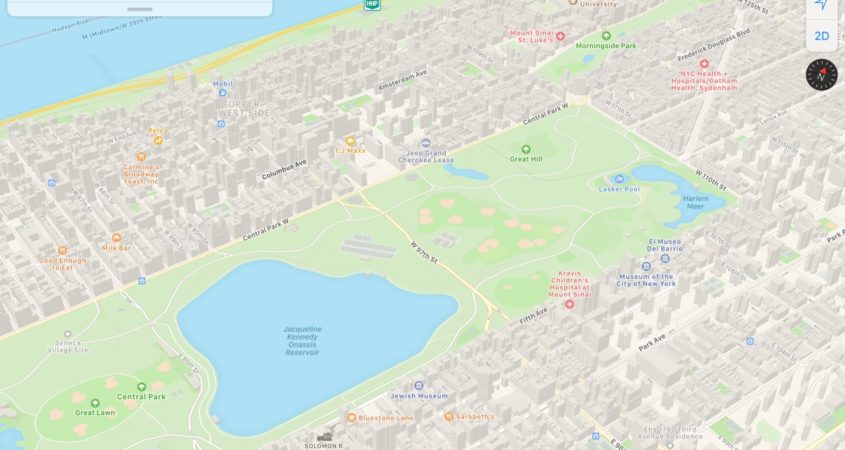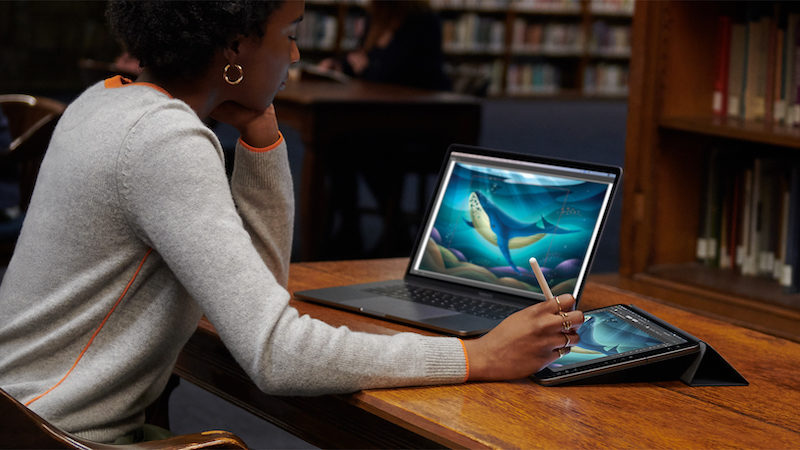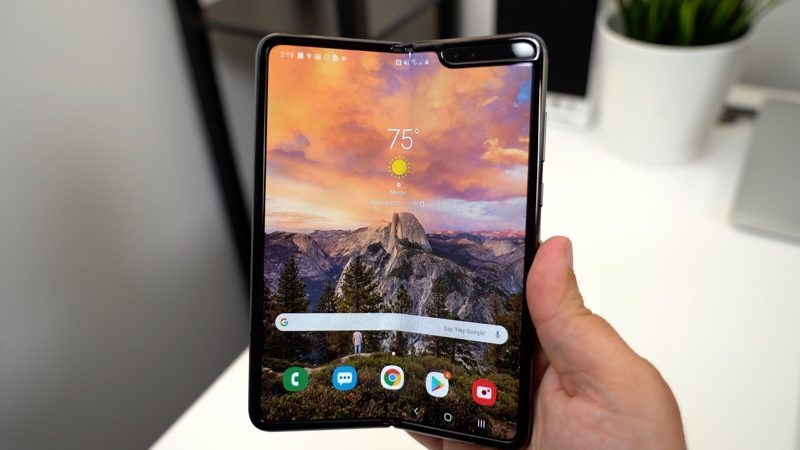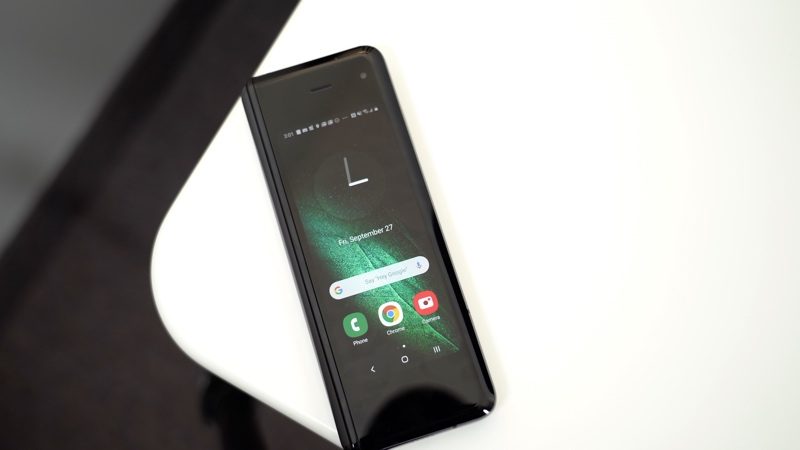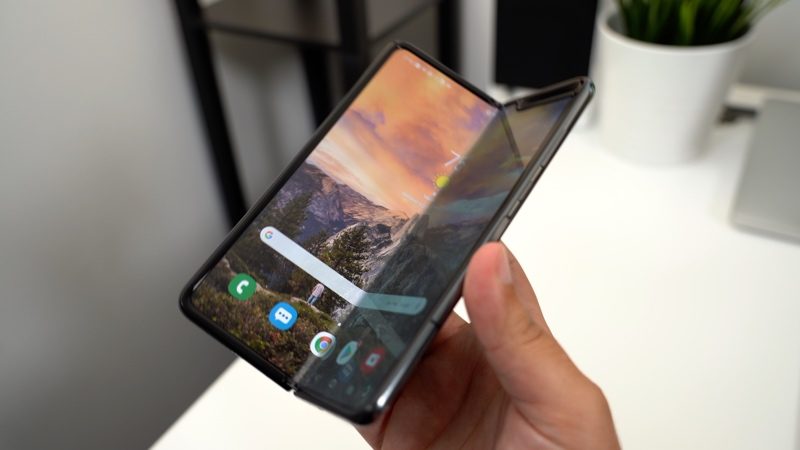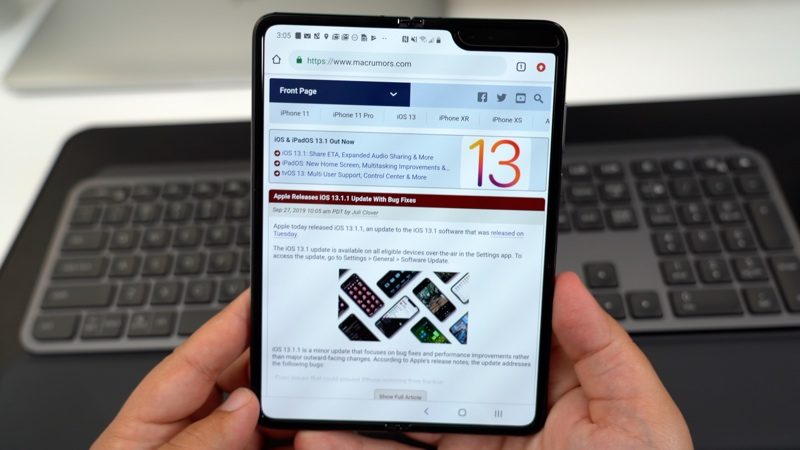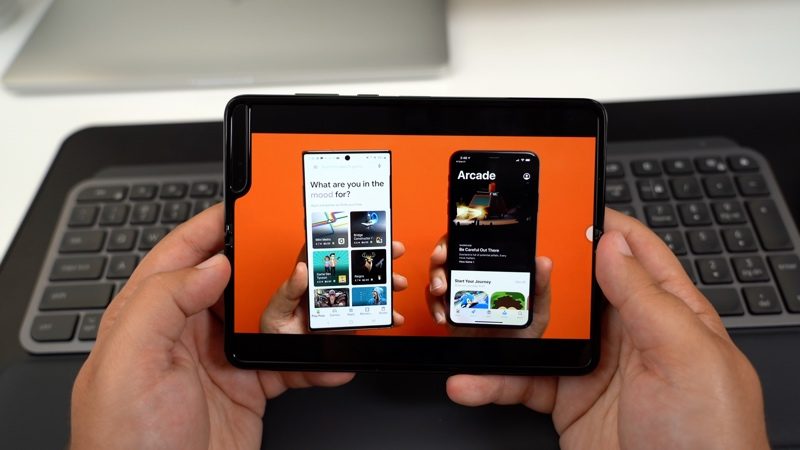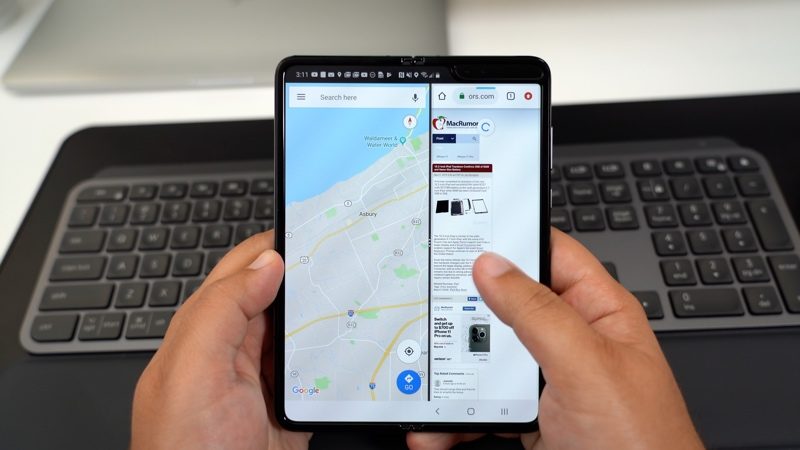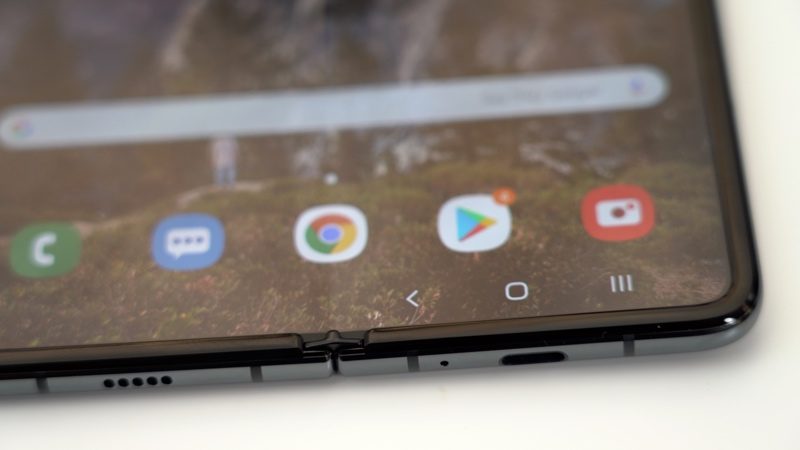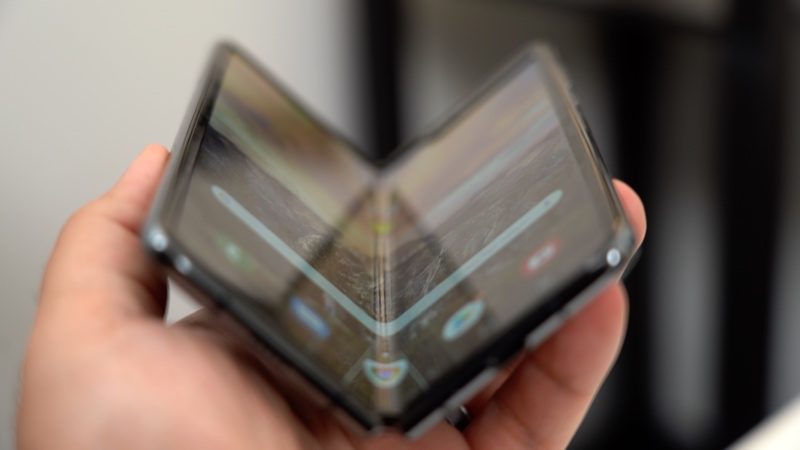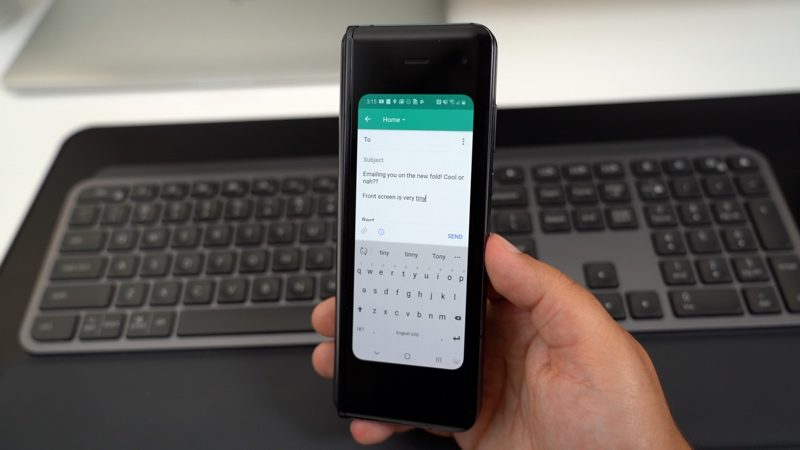Apple has included MEMOJI® in its U.S. trademark list on its website since June 2019, with the ® symbol signifying a federally registered trademark with the U.S. Patent and Trademark Office, despite the federal registration for the trademark belonging to Social Technologies LLC and not Apple.
Of note, Apple has successfully registered the Memoji trademark in some countries outside the United States, and several foreign countries also use ® to indicate that a mark is registered in that country, but fine print on Apple’s website says its list is for trademarks and service marks in the United States.
Memoji is the name of Apple’s personalized emoji feature for iPhone and iPad, introduced as part of iOS 12 at WWDC 2018. Apple has applied for two trademarks for the feature with the U.S. Patent and Trademark Office, but both are currently suspended due to ongoing litigation with Social Technologies LLC.
Social Technologies LLC offers an Android app named Memoji on the Google Play store, which it describes as “the world’s best messaging app that will capture the facial expression of the end user with full-motion capabilities, and transpose the image into a custom, personalized emoji of the users actual face.”
Social Technologies LLC already sued Apple for trademark infringement in September 2018, and alleges that Apple even unsuccessfully tried to purchase the rights to its then intent-to-use application in April 2016, yet Apple proceeded to add MEMOJI® to its trademark list in June 2019.
An excerpt from the complaint filed with a U.S. federal court in New York:
Social Tech visited Apple’s Trademark List1 on June 17, 2019, a day before the deposition of Mr. Thomas La Perle, Apple’s Senior Director of Copyright and Trademark in connection with Plaintiff’s trademark infringement action against Apple in the Northern District of California. As of that date—June 17, 2019—MEMOJI was not listed on Apple’s Trademark List.
However, immediately following Mr. La Perle’s deposition, the Trademark List was updated to include the falsely designated MEMOJI® mark. On information and belief, Mr. La Perle orchestrated a scheme to undermine Social Tech’s registered trademark rights and mislead the public by causing Apple to add the falsely designated mark to Apple’s Trademark List.
Social Technologies LLC is seeking an injunction to prohibit Apple from using the ® symbol in connection with Memoji, as well as an award of monetary damages and legal fees. The small company also wants a declaration that it owns the only federally registered Memoji trademark.
The full complaint, sent to us by law firm Pierce Bainbridge Beck Price & Hecht LLP, is embedded below. Continue reading “Apple Sued Over Listing Memoji as One of Its Registered Trademarks Despite Ongoing Legal Battle”
